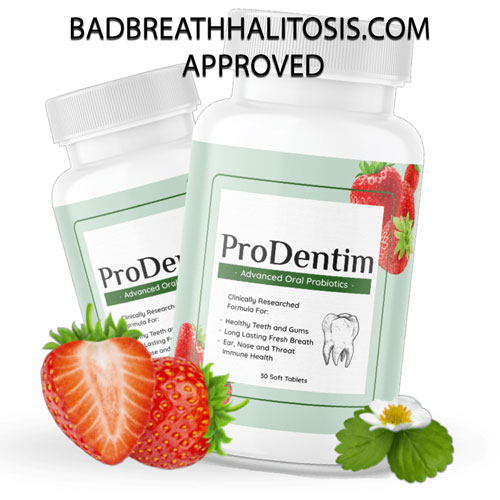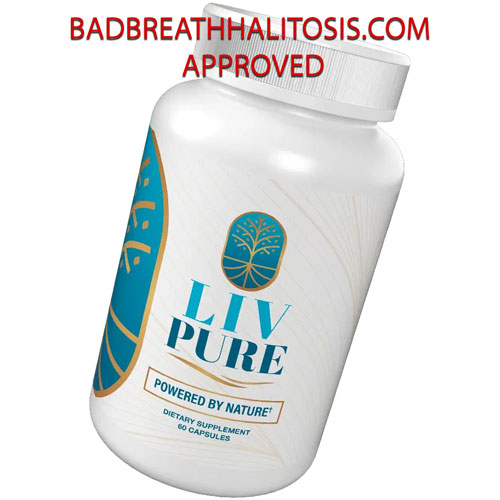

Curing Led Dental Light Diary
Curing Led Dental Light Diary
HI everyone, I recieved my curing led Dental light.I used it yesday after I gave my mouth a good clean with H2o2 with an orrigator. I swish full speed on my tongue % one point ti start to bleed then putting the setting on low which pretty much gave it a clean job but as always my tongue always feel dry with no saliva afet a couple of minutes. Than I put the curing light on my tongue where it start to bleed for 20 seconds, than again for another 20 seconds on another areas on my tongue and on to my gums where i find I need it ..so over all I say about 15 minutes top.Than when I'm finished I notice I had saliva in my mouth & a feeling on my tongue as to when you drink something hot as a sip of hot chocolate and still feeling like that right now...but it doesnt really bother me but I did notice on my tongue I have a bit of coating still not like I had before but my tongue I find now is more shiny which is never shiny. First thing this morning I brushed my teeth ,even a couple of minutes my breath will always smell like shit, i ususally will tell my daughter than she would say if it smells or not,when i asked her this morning she said no it smells like toothpaste....an hour ago I ate instant oatmeal & i can taste my breath always when breathing in through my throat taste like horseshit but today after eatinging oatmeal i didnt taste that horseshit taste when breathing in.. . I feel this is working so far the question is for how long..so this weekend I will be asking my daughter.. like halimeter for feedback & also i sort of did an experiment . I spit on 2 blue clear glass filled with warm water & the one cup I used the curing light without touching the water you can see the saliva would bubble which shows oxygen. I think this might be it..i just hope its safe enough to use it if needed.
Dear Sandy :
According to this study , the light dose they used is
70 mW/cm2 x 120 sec = 8400 mJ/cm2 .
So with the 1000mW/cm2 dental curing light , you need to use the light for
8400 mJ/cm2: 1000mw/cm2= 8.4 sec
for each 1 cm2 spot .
0210 Selective phototargeting of periodontal pathogens
N.S. SOUKOS, C.R. FONTANA, K. RUGGIERO, S. DOUCETTE, J. STULTZ, A. ABERNETHY, M. TAVARES, and J.M. GOODSON, Forsyth Institute, Boston, MA, USA
Objectives: To test the susceptibility of Porphyromonas gingivalis and Prevotella intermedia to blue light in planktonic phase and multi-species biofilms as well as to examine the change in composition of periodontal plaque bacteria resulting from intraoral blue light exposure. Methods: Suspensions of P. gingivalis and P. intermedia were exposed to blue light of 455 nm with power densities ranging from 40 to 140 mW/cm2 for 1, 2 and 3 minutes. Multi-species oral biofilms developed on blood agar in 96-well plates from dental plaque inocula were also exposed to blue light as above. The susceptibility of microorganisms to light was evaluated by a colony forming assay and DNA probe analysis. Additionally, an intraoral light was developed to measure the effects of short-term exposure to blue light (455 nm) on the bacterial composition of periodontal plaque. Eleven subjects participated in a study by applying two minutes of light exposure at a power density of 70 milliwatts/cm2 to buccal surfaces on one side of the mouth twice daily for four days. Dental plaque was harvested at baseline and again at the end of four days from 8 posterior teeth on both the exposed (test) side and unexposed (control) sides of the mouth. Microbiological changes were monitored by checkerboard DNA probe analysis. Results: Light produced >80% killing of strains of P. gingivalis and P. intermedia. In biofilms, light selectively targeted black-pigmented species. In the clinical study, the proportions of P. gingivalis and P. intermedia were significantly reduced on the exposed side from their original proportions by 25% and 56% respectively while no change was observed to the unexposed side. No adverse effects were found or reported in this study. Conclusions: Blue light may be used prophylactically to stabilize the normal microbial composition of plaque be suppressing potentially pathogenic microorganisms.Supported by NIDCR (RO1-DE-14360).
Seq #22 - Periodontal Research : Microbiology
8:30 AM-10:30 AM, Thursday, 14 September 2006 Trinity College Dublin Beckett 1
According to this study , the light dose they used is
70 mW/cm2 x 120 sec = 8400 mJ/cm2 .
So with the 1000mW/cm2 dental curing light , you need to use the light for
8400 mJ/cm2: 1000mw/cm2= 8.4 sec
for each 1 cm2 spot .
0210 Selective phototargeting of periodontal pathogens
N.S. SOUKOS, C.R. FONTANA, K. RUGGIERO, S. DOUCETTE, J. STULTZ, A. ABERNETHY, M. TAVARES, and J.M. GOODSON, Forsyth Institute, Boston, MA, USA
Objectives: To test the susceptibility of Porphyromonas gingivalis and Prevotella intermedia to blue light in planktonic phase and multi-species biofilms as well as to examine the change in composition of periodontal plaque bacteria resulting from intraoral blue light exposure. Methods: Suspensions of P. gingivalis and P. intermedia were exposed to blue light of 455 nm with power densities ranging from 40 to 140 mW/cm2 for 1, 2 and 3 minutes. Multi-species oral biofilms developed on blood agar in 96-well plates from dental plaque inocula were also exposed to blue light as above. The susceptibility of microorganisms to light was evaluated by a colony forming assay and DNA probe analysis. Additionally, an intraoral light was developed to measure the effects of short-term exposure to blue light (455 nm) on the bacterial composition of periodontal plaque. Eleven subjects participated in a study by applying two minutes of light exposure at a power density of 70 milliwatts/cm2 to buccal surfaces on one side of the mouth twice daily for four days. Dental plaque was harvested at baseline and again at the end of four days from 8 posterior teeth on both the exposed (test) side and unexposed (control) sides of the mouth. Microbiological changes were monitored by checkerboard DNA probe analysis. Results: Light produced >80% killing of strains of P. gingivalis and P. intermedia. In biofilms, light selectively targeted black-pigmented species. In the clinical study, the proportions of P. gingivalis and P. intermedia were significantly reduced on the exposed side from their original proportions by 25% and 56% respectively while no change was observed to the unexposed side. No adverse effects were found or reported in this study. Conclusions: Blue light may be used prophylactically to stabilize the normal microbial composition of plaque be suppressing potentially pathogenic microorganisms.Supported by NIDCR (RO1-DE-14360).
Seq #22 - Periodontal Research : Microbiology
8:30 AM-10:30 AM, Thursday, 14 September 2006 Trinity College Dublin Beckett 1
